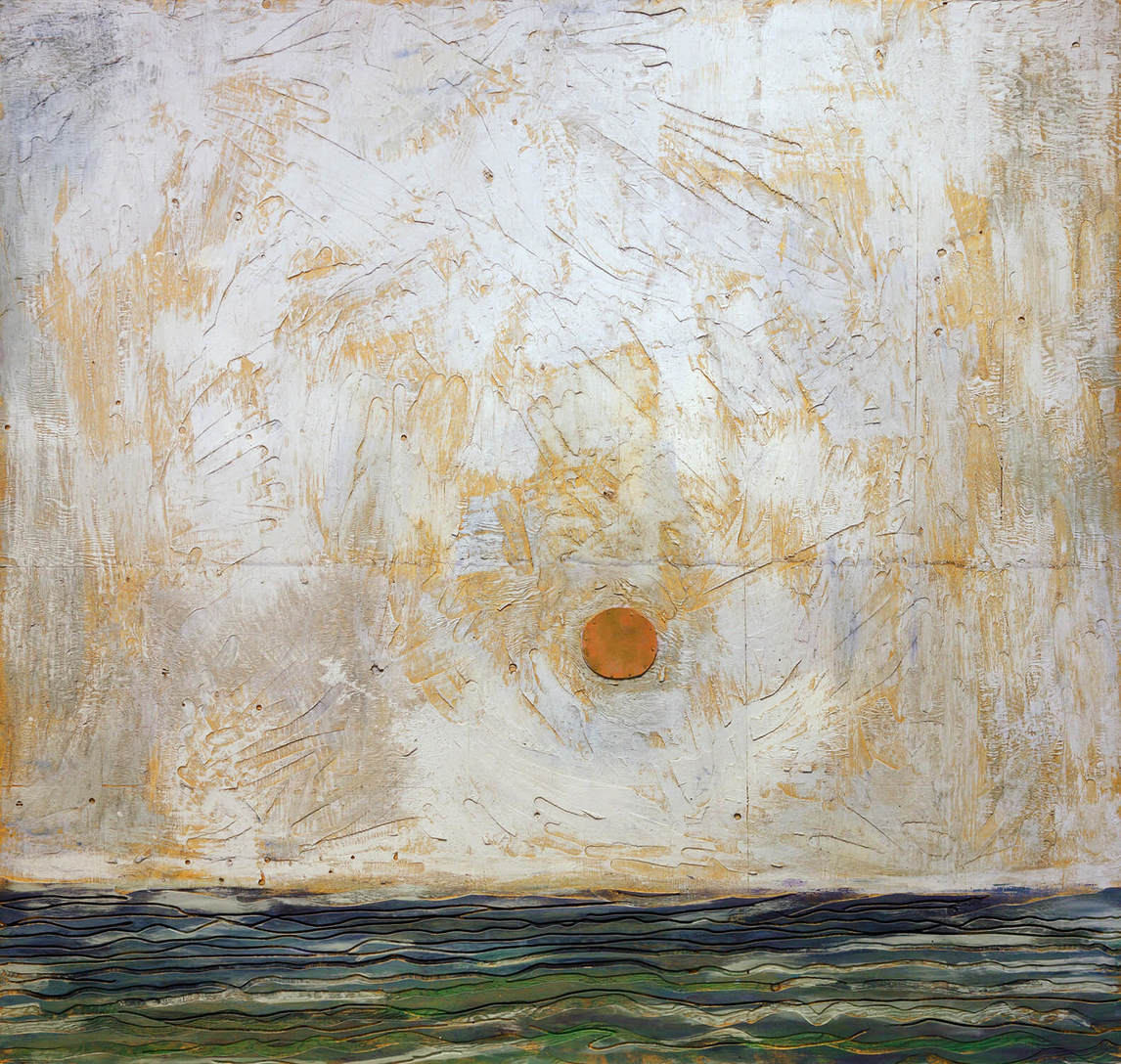
William Paterson Ewen, known as Paterson Ewen, was born in Montreal in 1925, into a family with a rich Scottish heritage. His father, originally from Scotland, had initially planned to work for the Hudson's Bay Company but instead became the manager of a fur auction house in Montreal. Ewen's upbringing was marked by strict discipline and personal challenges, which he navigated with resilience and independence.
Military Service and Introduction to Art
Ewen's path to becoming an artist began unexpectedly during his service in the Canadian army during World War II. He served in the infantry in the Netherlands from 1943 to 1946. After the war, Ewen's interest in art blossomed, leading him to enroll in a B.A. course at McGill University. There, he took drawing classes under John Lyman and met Françoise Sullivan, a member of the avant-garde Automatiste group. They married in December 1949, and through Sullivan, Ewen connected with other members of the group, setting the stage for his future in abstraction.
Education and Early Career
Ewen left McGill to study at the Montreal Museum of Fine Arts School of Art & Design under the tutelage of Arthur Lismer, Goodridge Roberts, William Walton Armstrong, and Jacques de Tonnancour from 1950 to 1951. Initially focused on landscape painting, his style evolved significantly under the influence of the Automatiste group, who were led by Paul-Émile Borduas.
In 1956, Ewen co-founded the Non-Figurative Artists' Association of Montreal, and his work began to gain recognition. Critics like Dorothy Pfeiffer noted the intensity and richness of his paintings, which captivated audiences with their somber yet vibrant colors.
Transition and Personal Struggles
The mid-1960s marked a period of significant change for Ewen. Influenced by the hard-edge techniques of his contemporaries Guido Molinari and Claude Tousignant, Ewen's work shifted towards geometric abstraction. However, personal struggles, including the breakdown of his marriage and battles with alcoholism and depression, led to a difficult phase in his life. He sought treatment and eventually moved to Kitchener, Ontario, and then to London, Ontario, where he began a period of recovery and artistic renewal.
Innovation and Teaching
Ewen's relocation to London, Ontario, marked a new chapter in his career. He began experimenting with various techniques, using materials like plywood to create gouged images, which he transformed into vibrant paintings. This innovative approach led to the creation of his renowned "phenomoscapes," large mixed-media works depicting natural phenomena such as rain, wind, and lightning.
Ewen's teaching career flourished during this time. He taught at H.B. Beal Secondary School and later at the University of Western Ontario. His influence extended to summer programs at the Banff School of Fine Arts and the Nova Scotia College of Art & Design.

Major Works and Legacy
Some of Ewen's most notable works from this period include The Bandaged Man (1973), a poignant self-portrait symbolizing his personal struggles, and The Great Wave: Homage to Hokusai (1976), which showcased his mastery in depicting natural elements. His paintings, such as Moon over Tobermory (1981) and Pink Full Moon (1994), further solidified his reputation as a visionary artist.
Ewen's contributions to Canadian art were widely recognized. He held numerous solo exhibitions across Canada and internationally, and his works are part of prestigious collections, including the National Gallery of Canada, the Art Gallery of Ontario, and the Vancouver Art Gallery.
Awards and Recognition
Throughout his career, Ewen received several accolades, including the Canada Council Senior Fellowship in 1971, the Toronto Arts Award in 1989, and numerous prizes for his paintings. His legacy continues to inspire and influence contemporary Canadian artists.
Conclusion
Paterson Ewen's journey from a troubled upbringing to becoming one of Canada's most celebrated painters is a testament to his resilience, innovation, and artistic vision. His work, characterized by its emotional depth and technical brilliance, remains a significant part of Canada's artistic heritage, reflecting the power of art to transform and heal.
Browse our collection of Canadian paintings for sale at the Canadian Classic Fine Art gallery, The best place to buy a painting online. We provide free shipping anywhere in Canada and the United States. Our Montreal art gallery sells paintings online exclusively and have a 14 days return policy.
